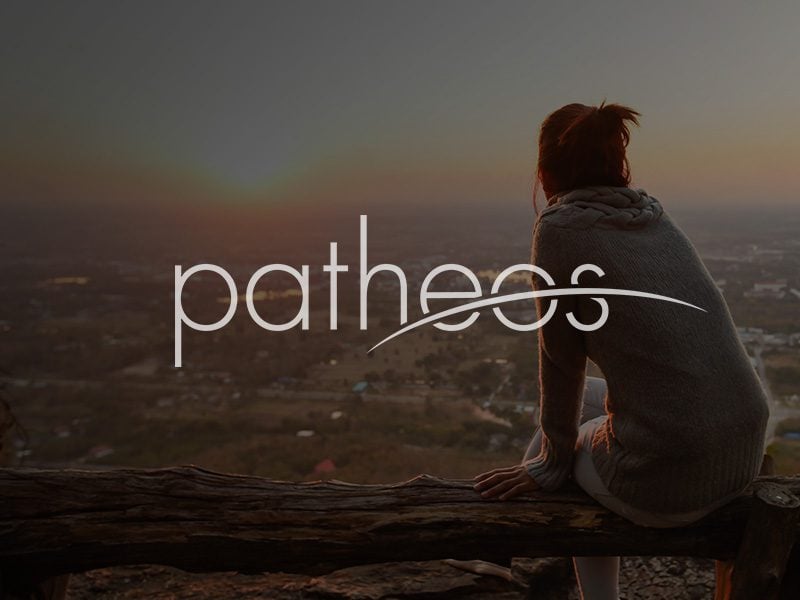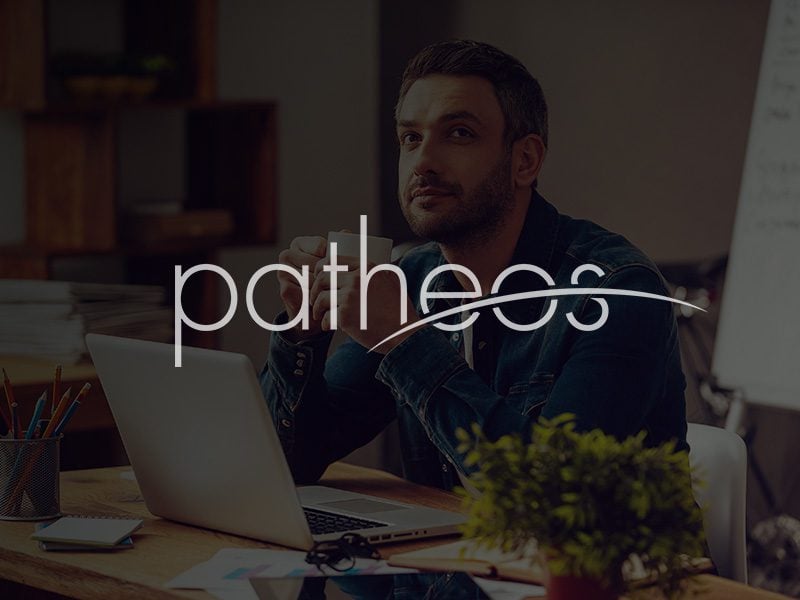One of the strangest, and possibly most dangerous, tendencies that many Catholics have on the internet, priest and lay alike, is that they view themselves as authoritative judges of the orthodoxy of others. They think it is their job to engage such practices. Sadly such judgments are not based upon authentic teachings of the Church and the recognition of the theological diversity allowed within Catholicism. Rather, they seem to be based upon subjective means, such as whether or not one follows a favored political ideology. However, some are worse, and judge the orthodoxy of others solely on sectarian positions, such as whether or not one is a perfect Thomist. Sadly, this kind of judgment ignores the breadth of Catholic thought. More importantly, is totally ignores one’s need to treat the other with Christian love, with agape, and seems to be aimed more at promoting oneself than it does with finding a way to work together with others who hold different positions than one’s own.
There are many examples of this on the net, but one which I think is one of the most important, because of how influential it is, comes from the website, Catholic Culture, where one can read their Website Reviews. Now they claim to rate a website’s fidelity, resources, and usability. And their approach to fidelity, at first, appears to be sound:
Orthodoxy – Fidelity to the Church as Teacher
Obedience – Fidelity to the Church as Ruler
Fortitude – Fidelity to the Church’s Prophetic Mission.
However, when one begins to read their reviews, and see the reasons for why various websites are considered “dangerous” and given a low rating of “orthodoxy,” one can quickly note something is wrong. They are not providing examples of heretical thought or teachings; rather the reviews often use one of the most fallacious methods of judging orthodoxy possible – guilt by association. And it often seems that the places judged as “unorthodox” seem to be judged for reasons often left unstated by the review.
Let’s look at a few examples:
The review for Ancient and Future Catholics suggests one must exercise caution while reading that site. While they give high ratings to the site for its resources, the review questions the fidelity of the website because 1) it has links to Protestant and Orthodox sites (as if guilt by association makes one unfaithful) and 2) the site has ads from google. That is enough to give Ancient and Future Catholics a “yellow” rating, indicating it is not entirely bad but one must be weary of what one finds on the site.
The review for Christianophobia in Europe suggests this website is an authentic, orthodox site one can go to and read without worries. It gives high ratings to the site because it finds “no weaknesses” and many strengths, i.e., examples of Christian persecution in Europe. Of course, there is little discussion on the site itself as to what the Christian response to persecution should be. One can wonder what purpose making this list actually can serve without that important discussion, especially since many “orthodox” observers on the net like to make lists of grievances and think that is all one needs to do to justify retaliation. Moreover, many “orthodox” observers are unwilling to see how they have contributed to these situations by their own sins. Nonetheless, Catholic Culture gives the site the all clear, so we should assume there is nothing dangerous here.
The review for the Notre Dame Center for Pastoral Liturgy is given a red light, telling the reader that the Notre Dame Center is unorthodox and dangerous for anyone to visit. What is interesting is that Catholic Culture points out in the description that the center “is the major credentialing organization for liturgists in North America.” So this site should be an important one and one already examined by Catholic authorities. Yet, Catholic Culture thinks this site has no strengths they can mention, and many weaknesses. Indeed, the site is dangerous for the fact that 1) it’s bibliography is “full of dissenters”, 2) it has “questionable links” and 3) repeating the previous point, it has “many non-Catholic liturgy and theology links.” The pattern this shows us is obvious – one’s links is enough to make one unorthodox; guilt by association is all one needs to do to besmear the reputation of a Catholic site. Let’s be clear, the reviewer feels qualified to judge the orthodoxy of a website for the premiere liturgical center in the United States, and thinks the way to judge it is not via content, but by links.
Finally, let us turn to their review of The Aquinas Institute of Theology. Once again, we are told this is an unorthodox site by the red light they give to it. It’s a danger and should be avoided. But, unlike the Notre Dame Center, Catholic Culture admits that the Aquinas Institute has some strengths: its resources are good, but the reviewer finds the institute to be unorthodox for the following reasons: 1) unorthodox links (once again), 2) it has a course on ethics of human sexuality (yes, sex is evil, there are no ethical ways to practice it, I am sure), 3) theology courses have books published by a Lutheran Publishing House (of course, the book is written by Catholic theologians, but that doesn’t matter), and 4) course on ecclesiology “promotes ‘spirit’ of Vatican II theology.”
Well, Catholic Culture, I think we know enough on how you judge the orthodoxy of Catholic websites. So I think we will use your own criteria to judge how orthodox your site is.
Catholic Culture
Description:
At Trinity Communications, we care passionately about helping Catholics to live their faith. That’s why the slogan for this site is “Living the Catholic Life”.
Strengths:
-
Library (resources)
-
Liturgical Year (resources)
-
Catechism (resources)
Weaknesses:
-
Unorthodox Links (fidelity)
-
Promotes “spirit” of Vatican II Theology by having Vatican II resources on site (fidelity)
-
Ignores Ut Unum Sint (fidelity)
-
Uses criteria which would condemn the Pope (fidelity)
-
Uses criteria which would condemn Doctors of the Church (fidelity)
Rating: Danger. Avoid at all costs.
See how easy that is? This means that their reviews are unorthodox, and should be taken with a grain of salt. That is, if we agreed with their methodology. Obviously, I do not.
“Orthodox” polemicists often do not appreciate how true orthodoxy is ecumenical in spirit and universal in depth. Orthodoxy looks for truth wherever it can be found, and it is willing to learn from others. Just because one studies Protestant, Orthodox, Hindu, Muslim, Buddhist or Atheist writings does not indicate anything of one’s orthodoxy. St Thomas Aquinas read the writings of Muslims theologians and learned much from them – yet clearly he was orthodox. Instead of trying to divide humanity up into sectarian groups which cannot dialogue with one another, the Church tells us that we are called to learn from one another and appreciate one another, no matter what the background of the other actually is. This is not the “spirit of Vatican II” speaking; it is the basic way of Christ, followed by the Apostles, continued by the Church Fathers, embraced by the schoolmen, and re-emphasized by Pope Benedict XVI.
True orthodoxy includes orthopraxis, and indeed, requires it. This means one must be charitable in how one acts.
True orthodoxy is broad enough to allow differences of thought in Catholic theological circles without thinking it means one side or the other is unorthodox. Judging the orthodoxy of others on the web tends, for the most part, to view oneself as holding the only orthodox position and then judging others according to one’s own limited scope. That is not how one judges orthodoxy. That is how one creates schism.











